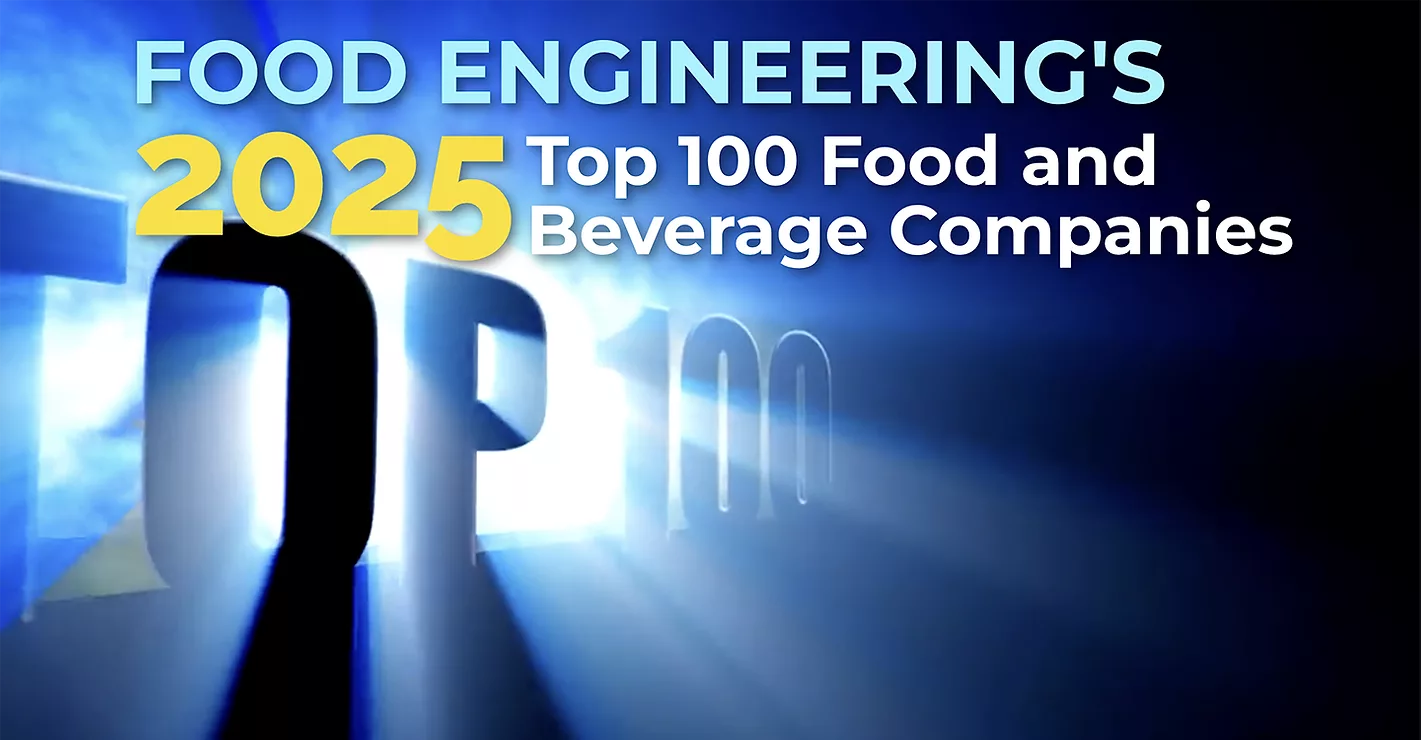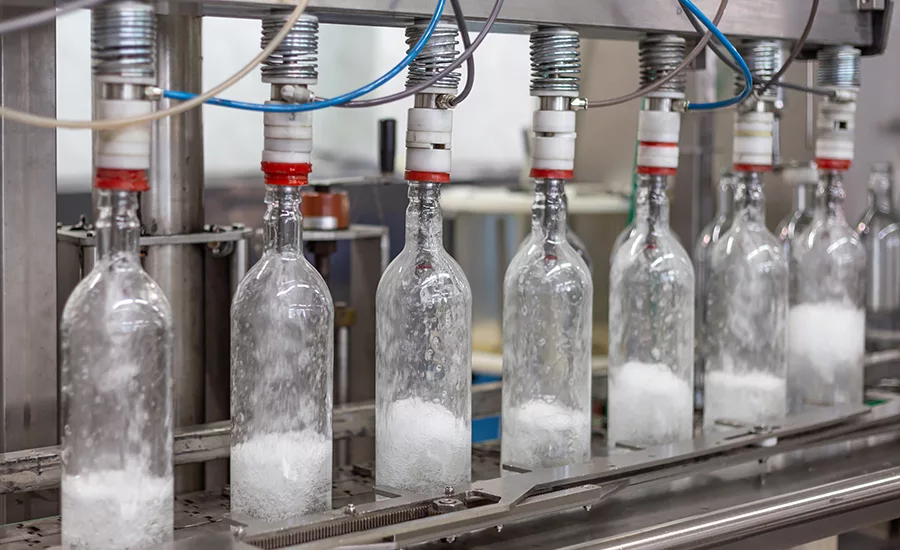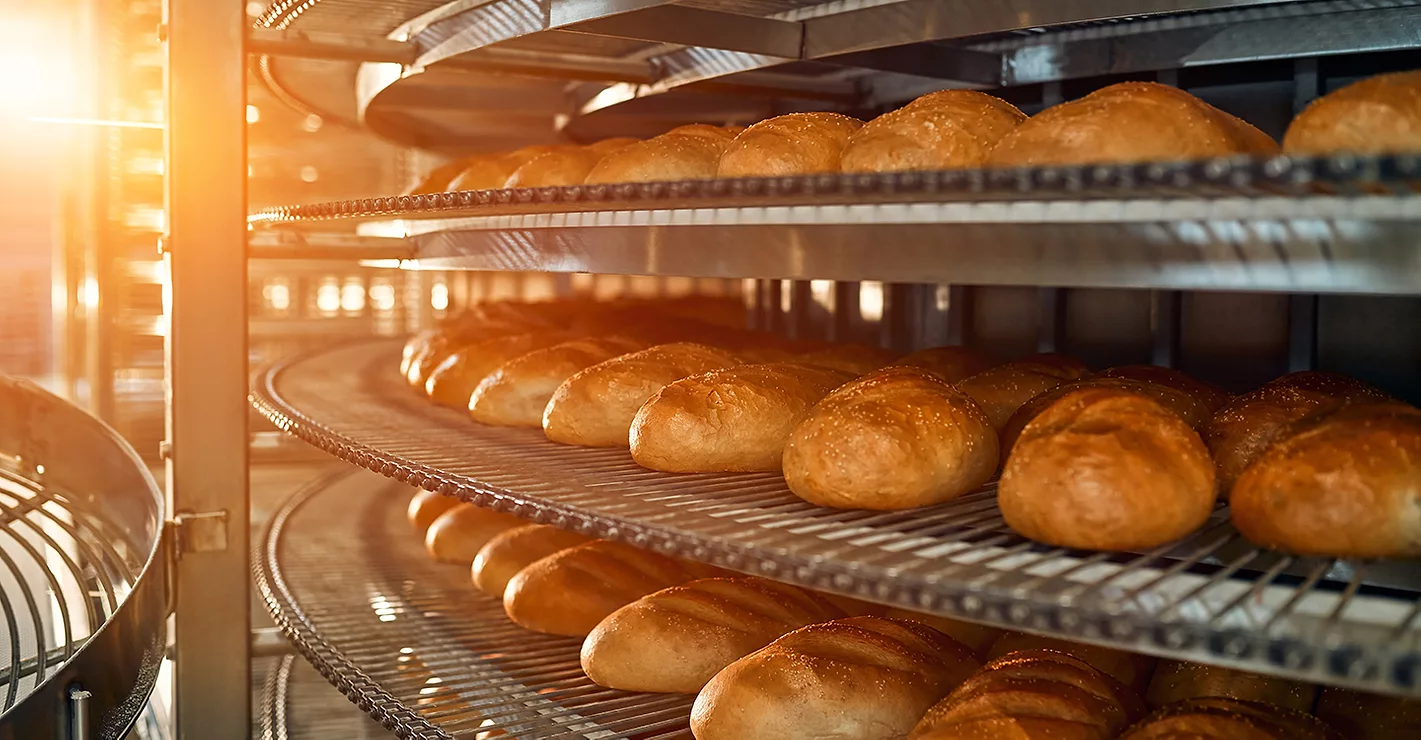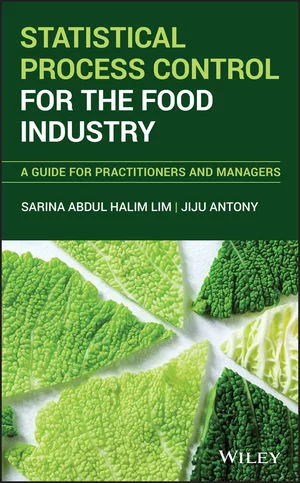TECH FLASH
Summer pest prevention tips for food facilities
Filth flies transport many foodborne pathogens.
As temperatures continue to climb this summer, pest management company McCloud Services is encouraging food manufacturers and processors to revisit their filth fly prevention programs since these common pests often carry foodborne pathogens that can jeopardize food safety and quality. According to the company, files comprise 12 out of the 22 spots on the FDA’s dirty 22 list of pests to avoid near food. Flies’ bodies are equipped hairs that transport pathogens, and the insects can travel long distances to and from sanitary and unsanitary places and breeding sites.
“Filth flies are one of the most recognizable insects because of their familiarity, and we tend to have a greater tolerance for them,” says Patricia Hottel, McCloud technical director. “However, we need to pay special attention to filth fly prevention as they can transmit many serious diseases and foodborne pathogens. Prevention is critical, especially in the food industry.” In her recent white paper, “Fly Familiarity and Food Safety,” Hottel discusses chemical and mechanical controls and other tools to consider when putting together a filth fly management program.
In terms of chemical controls, Hottel says two new bait products showing promise in their ability to eradicate filth flies include BASF Alpine fly bait and Syngenta Zyrox. These new baits can be used beyond foodservice areas inside food handling facilities and are labeled for use inside food areas of commercial food handling establishments. The new baits can also be used in food preparation and storage areas.
Mechanical controls for filth flies include light traps and exclusion. Several types of light traps are available including:
Glue board-based traps, where the insect is attracted to the light and captured on a sticky board
Electric grid traps that kill the insects with a low-voltage electrical charge and collect them in a tray
A hybrid of glue and electrocuting traps that use a charge to immobilize the insects that then fall onto a glue board.
Recent bulb technology developments have improved trap efficiency. Specifically, Hottel says, the light trap industry has moved from T12 bulbs to T8 bulbs, which are narrower and offer better energy efficiency. Because of this trend, T12 bulbs will no longer be available for some lights. While food facilities can replace their light traps with T8 bulbs, using these bulbs in traps designed for T12 bulbs may render the traps ineffective, according to Hottel. “There may also be issues with voiding UL approval if the unit and bulb have not been tested together,” Hottel wrote. “Should there be a desire to go to the more energy-efficient bulbs, trap owners may be faced with replacing the ballast—the part that regulates current to the lamp—or purchasing a new trap.”
Device also are available to be inserted into a drain, permitting water to flow downward, but prohibiting flies from moving upward. Hottel says one example of this mechanical option is the Green Drain by Liquid Breaker.
Of course, neither chemical nor mechanical pest management programs will be effective without proper sanitation. For food plants, this means removing all food debris from around the facility and doors, and keeping windows closed and properly screened at all times. While the new drain caps and fly baits offer more options, Hottel says prevention is always a better alternative.
More information can be found here:
Looking for a reprint of this article?
From high-res PDFs to custom plaques, order your copy today!






